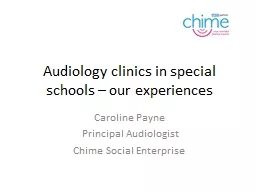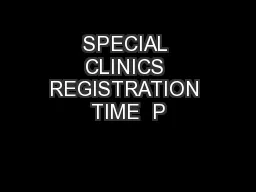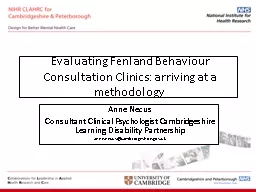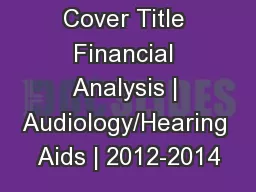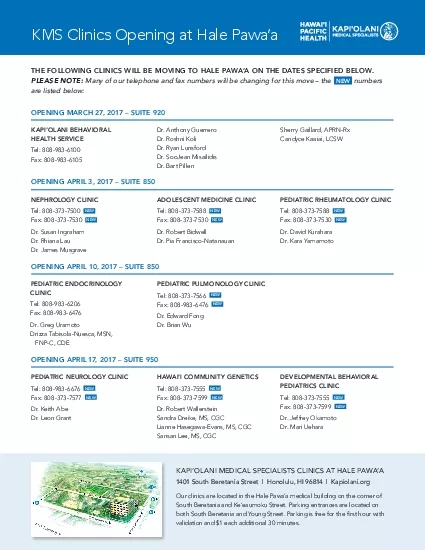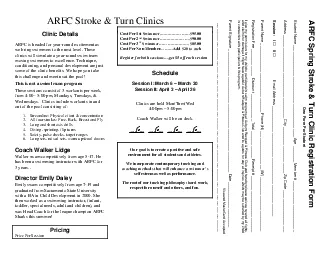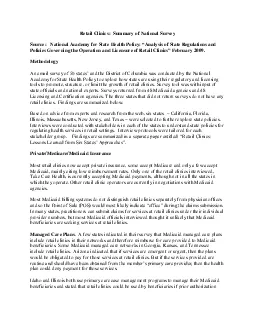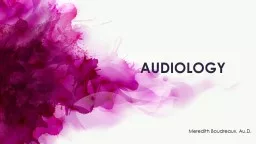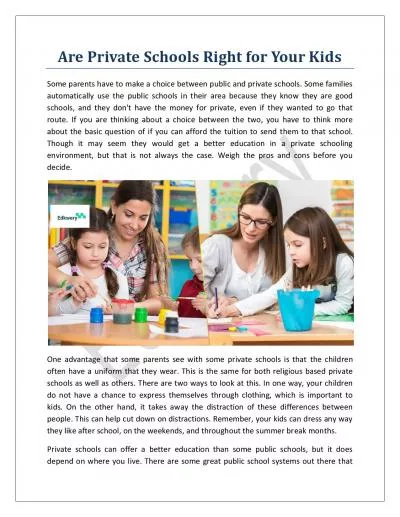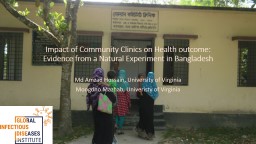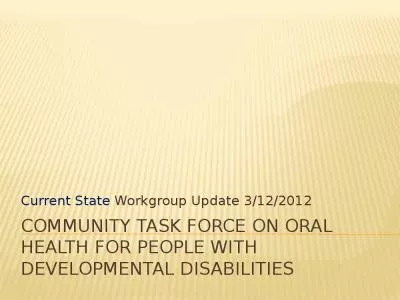PPT-Audiology clinics in special schools – our experiences
Author : debby-jeon | Published Date : 2016-03-08
Caroline Payne Principal Audiologist Chime Social Enterprise Historical perspective Audiology in this area Exeter Mid and East Devon has run clinics in local special
Presentation Embed Code
Download Presentation
Download Presentation The PPT/PDF document "Audiology clinics in special schools –..." is the property of its rightful owner. Permission is granted to download and print the materials on this website for personal, non-commercial use only, and to display it on your personal computer provided you do not modify the materials and that you retain all copyright notices contained in the materials. By downloading content from our website, you accept the terms of this agreement.
Audiology clinics in special schools – our experiences: Transcript
Download Rules Of Document
"Audiology clinics in special schools – our experiences"The content belongs to its owner. You may download and print it for personal use, without modification, and keep all copyright notices. By downloading, you agree to these terms.
Related Documents

